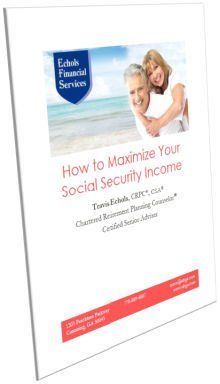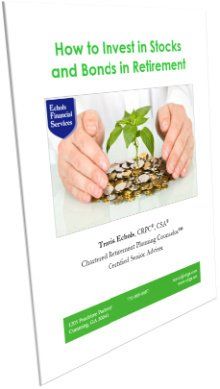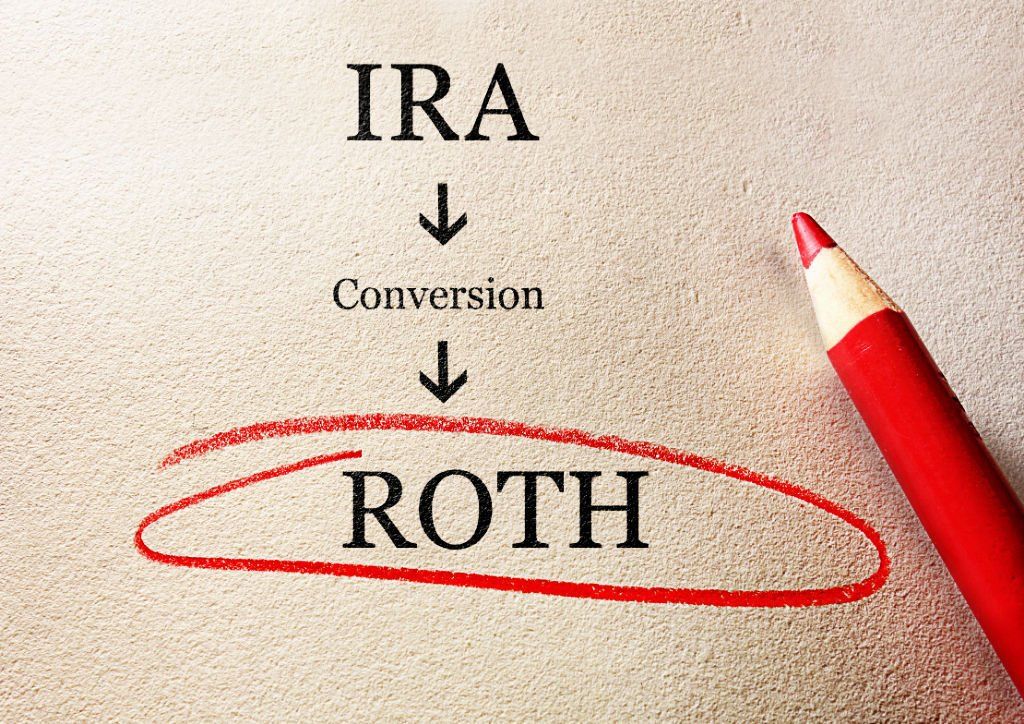Behave Yourself!

“Behave yourself!” Do these words bring back any memories? Or perhaps the more blunt
version rings a bell: “Behave!”
My wife was leaving the grocery store many years ago and heard a
mom say to her child, “I’ve got two
words for you: be have.”
For me, the admonition to behave was usually accompanied by a serious look
and a finger pointed at me (as though I wasn't behaving--go figure).
But who would have thought Mom’s words would be so helpful
in our investment planning? Yeah, it turns out that our behavior has a big impact on
our investment success.
Sign up to receive my free monthly email articles...because you want to make the most out of your retirement
.
The problem with bad investor behavior is that people don’t realize
they are doing it. As a matter of fact, our bad behaviors are rooted in underlying false beliefs that we think are correctly informing us.
To overcome these misleading biases and become better investors,
it starts with recognizing them. Let’s look at eight of the most notorious ones
(from Brad Sherman and a study by H. Kent Baker and Victor Ricciardi with
some of my edits and antidotes):
1. Confirmation
Bias:
First impressions can be hard to shake because we tend to
selectively filter data, paying more attention to information that
supports our opinions while ignoring the rest. Likewise, we often resort
to preconceived opinions when encountering something — or someone — new.
An investor whose thinking is subject to confirmation bias would be more
likely to look for information that supports his or her original idea
about an investment rather than seek out information that contradicts it.
The antidote:
Be open-minded, research all the relevant data (positive and negative), and then
follow the evidence wherever it leads. Be willing to change your mind about an
investment strategy if justified by the evidence.
2.
Regret
Aversion Bias:
Also known as loss aversion, regret aversion describes
wanting to avoid the feeling
of
regret experienced after making a choice with a negative outcome.
Investors who are influenced by anticipated regret take less risk because
it lessens the potential for poor outcomes. Regret aversion can explain an
investor's reluctance to sell losing investments to avoid confronting the
fact that they have made poor decisions.
The antidote: Don’t confuse
outcomes with sound decision-making. Look to the future, not the past, and ask yourself, “what can I do today that will
make the future me
proud of the present me
?” See my article, “
I Wish
I had Done That."
3. Disposition
Effect Bias:
This refers to a tendency to label investments as winners
or losers. Disposition effect bias can lead an investor to hang onto an
investment that no longer has any upside or sell a winning investment too
early to make up for previous losses. This is harmful because it can
increase capital gains taxes (in taxable accounts) and can reduce returns
even before taxes.
The antidote: Understand the nature
of your investments and don’t forget the long-term characteristics of asset
classes to revert to their historical mean return. See my article Investment Basics to the Rescue
.
4. Hindsight
Bias:
Another common perception bias is hindsight bias, which leads an
investor to believe, after the fact, that the onset of a past event was
predictable and completely obvious whereas, in fact, the event could not
have been reasonably predicted.
The antidote: We can’t predict the
future so nobody always gets it right. But if you focus on sound decision-making
and avoid such biases as this one, you will do better on average over time.
5. Familiarity
Bias:
This occurs when investors prefer familiar or well-known
investments despite the seemingly obvious gains from diversification. The
investor may feel anxiety when diversifying investments between well-known
U.S. companies and lesser known international companies, as well as
between both familiar and unfamiliar stocks and bonds that are outside of
his or her comfort zone. This can lead to sub-optimal portfolios with a
greater risk of losses.
The antidote: Learn about a broad
array of investments and don’t limit your investment strategies to your limited
experience. Avoiding familiarity bias can prevent you from over-exposure to one
opportunity/risk and help you diversify into other opportunities/risks as
appropriate. See my Investment Philosophy
.
6.
Self-attribution
Bias:
Investors who suffer from self-attribution bias tend to
attribute successful outcomes to their own actions and bad outcomes to
external factors. They often exhibit this bias as a means of
self-protection or self-enhancement. Investors affected by
self-attribution bias may become overconfident.
The antidote: Be honest with
yourself. We have all done good things that had bad outcomes and we have all done
bad things that had good outcomes. This will happen due to our limited
knowledge and providential circumstances. Continue to hone your decision-making
principles. That will keep the unworthy self-praise and regret in check.
7.
Trend-chasing Bias:
Investors often chase
past performance in the mistaken belief that historical returns predict future
investment performance. This tendency is complicated by the fact that some
product issuers may increase advertising when past performance is high to
attract new investors. Research demonstrates, however, that investors do not
benefit because performance usually fails to persist in the future.
Here is a chart I recently came across that
shows how the average investor underperformed the investments in which they had
invested by 2%/year by chasing past returns.
The antidote: Understand the nature of your investments and don’t forget the long-term tendency of asset classes to revert to their historical average return. Don’t chase returns; look for value instead. And with rebalancing, you should be able to even outperform buy-and-hold returns as depicted in the chart above. See my article Investment Basics to the Rescue .
8. Worry: Worrying is a natural and common human emotion. It evokes memories and creates visions of possible future scenarios that alter an investor’s judgment about personal finances. Anxiety about an investment increases its perceived risk and lowers the investor’s tolerance for that investment. If that perceived risk is real, this anxiety can be helpful. But an unrealistic perceived risk can often paralyze a person from taking the right course of action.
The antidote: Be on the alert for unrealistic negative thoughts that are self-defeating. Educate yourself about investments and investment behavior (as you are now by reading this article). Education can help you better discern between helpful and harmful negative thoughts. Practically, plan to match your goals and risk tolerance with an appropriate asset allocation strategy, carefully thinking through the trade-offs. This planning process can replace worry with confidence.
The Bottom Line
Learn to recognize the
warning signs of self-sabotaging biases before you act on them. Don’t
follow the crowd. Don’t follow your emotions. Don’t follow your gut. Don’t
follow a hunch or tip. Follow a disciplined,
goal-focused, research-driven system for making investment decisions. This will
prevent you from falling prey to these common errors, increase your probability of
success, and give you a greater peace of mind.


Travis Echols , CRPC®, CSA
Receive free Social Security Guide by email




Investment Advisory Services offered through JT Stratford, LLC. JT Stratford, LLC and Echols Financial Services, LLC are separate entities.











